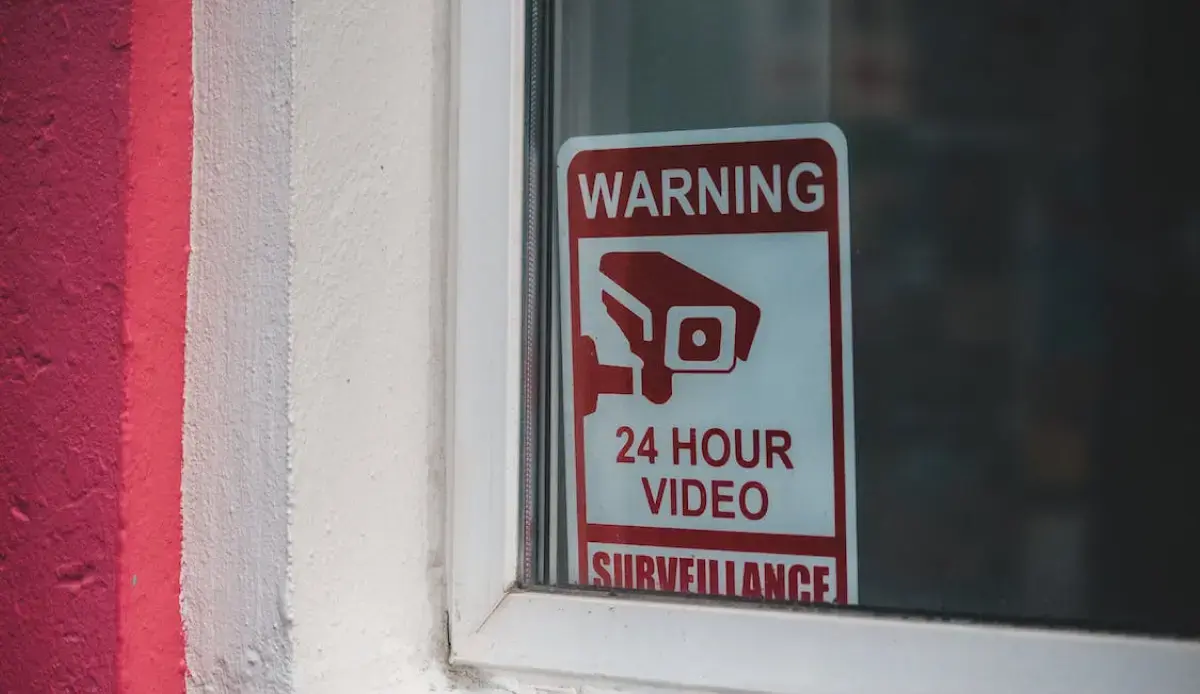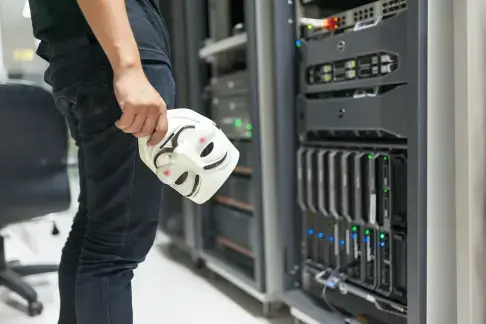Unveiling the Secrets of Physical Penetration Testing: Strengthening Physical Security

In an era where data breaches and security threats dominate headlines, organizations must remain vigilant not only in the digital realm but also in the physical world. Enter physical penetration testing, a strategic assessment aimed at uncovering vulnerabilities within an organization's physical security measures. This in-depth examination goes beyond the digital realm, assessing the effectiveness of locks, alarms, and access controls in protecting valuable assets. In this article, we'll take a closer look at the intricacies of physical penetration testing and its critical role in safeguarding physical spaces.
1.Scope Definition: Defining the Battlefield
The journey into physical penetration testing begins with a clear definition of scope. Which areas, buildings, or facilities require assessment? What are the specific objectives and goals, such as identifying weaknesses in physical security controls or evaluating security personnel responses? Establishing a precise scope is paramount to ensure that no critical vulnerabilities go unnoticed.
2.Authorization and Legal Compliance: Navigating Legal Waters
Before embarking on a physical penetration test, it is imperative to obtain written authorization and consent from the organization's management or responsible party. Furthermore, adherence to local, state, and federal laws and regulations is non-negotiable. Ensuring the test remains legally compliant is essential to avoid unintended legal consequences.
3.Reconnaissance: Gathering Intelligence
A successful physical penetration test relies heavily on intelligence gathering. This phase involves meticulous study of building layouts, security personnel routines, access points, and any publicly available information about the organization's physical security measures. Understanding the enemy terrain is the first step to overcoming it.
4.Planning and Tools: Crafting the Strategy
A successful physical penetration test relies heavily on intelligence gathering. This phase involves meticulous study of building layouts, security personnel routines, access points, and any publicly available information about the organization's physical security measures. Understanding the enemy terrain is the first step to overcoming it.
5.Social Engineering: Manipulating the Human Factor
Social engineering techniques may come into play, manipulating individuals who have access to the facility. Pretexting, tailgating (following authorized personnel), or impersonating employees or service personnel can be employed to gain access. Understanding the human element in security is as crucial as understanding the physical barriers.
6.Lock Picking and Bypassing: The Art of Entry
Physical penetration testers must employ lock-picking skills and tools to attempt to open locked doors, padlocks, or other access points. Bypass methods, such as exploiting vulnerabilities in locks or access control systems, may also be utilized. This phase is a true test of technical skill and ingenuity.
7.Alarm and Sensor Testing: Evading the Watchful Eye
To assess the effectiveness of security measures, testers must evaluate alarm systems, motion sensors, and surveillance cameras. Attempting to disable or evade these security measures can provide valuable insights into potential weaknesses.

8.Physical Access Points: Seeking Every Opportunity
Every possible physical access point, from doors and windows to vents and rooftop entries, must be evaluated. Testers must attempt to gain access through various means while meticulously documenting both successes and failures. Thoroughness is key to this stage.
9.Documentation and Reporting: Telling the Story
Documenting the entire testing process is not just a formality; it is essential. This documentation includes the methods used, results, vulnerabilities, or weaknesses identified, and a comprehensive report. A well-structured report should tell a story, not just present a list of bullet points. It should be so complete that anyone following the same scope of the test can ensure that everything is covered.
10.Debriefing and Remediation: Learning and Improving
After the test, a debriefing session with the organization's security team or management is essential. This session discusses findings, lessons learned, and potential remediation strategies. Collaboration is key to addressing identified vulnerabilities and improving security controls.
11.Compliance and Reporting: Meeting Regulatory Standards
All findings and recommendations must be formally documented in a final report. Guidance on compliance with security standards and regulations related to physical security should be provided. Compliance is not just about meeting legal requirements; it's about ensuring the highest level of security possible.
Physical penetration tests should only be conducted by experienced and qualified professionals. Safety, both of personnel and property, is paramount. The results of these tests are invaluable, helping organizations enhance their physical security measures and protect against unauthorized access and breaches.
In a world where security threats know no bounds, physical penetration testing serves as a vital safeguard, reinforcing the defense of physical spaces and assets. It's a reminder that comprehensive security strategies must extend beyond the digital realm to include the tangible, ensuring that organizations remain fortified against all forms of threats.